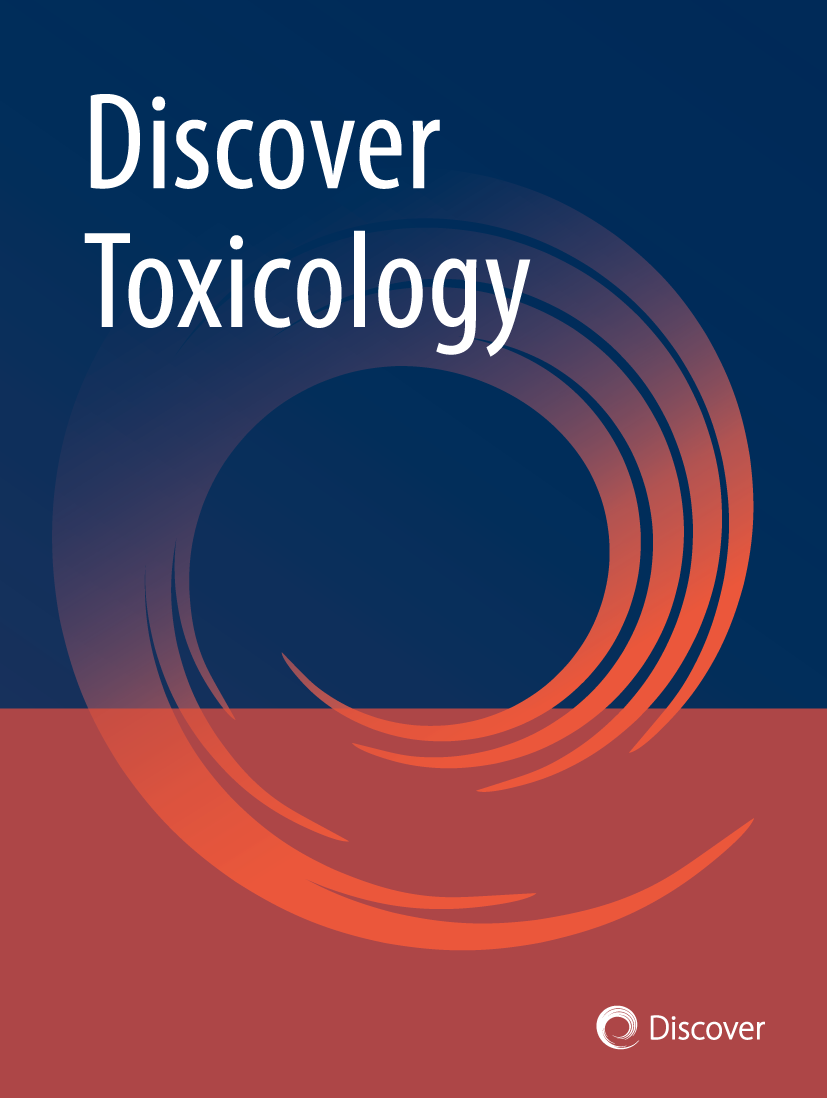Call for papers: Impact of “Forever Chemicals” on Cancer Development
Published in Healthcare & Nursing, Cancer, and Biomedical Research

Deepening our understanding of ‘Forever Chemicals’
Per- and polyfluoroalkyl substances (PFAS or 'Forever Chemicals') are an environmental and food-borne burden worldwide. PFAS is a significant environmental and food contaminant. Of the 100’s of PFAS, there are two that have been studied in greater detail, perfluorooctanoic acid (PFOA) and perfluorooctanesulfonic acid (PFOS). The National Cancer Institute has classified these agents as potential carcinogens.
The intent of this Collection is to highlight data from different areas to establish a foundation for the role of PFAS in the development of cancer. This evidence would include in vivo, in vitro, and molecular studies of PFAS agents alone and in combination with other environmental pollutants or genetic mutations.
The importance of digging deeper
PFAS have been classified as harmful to human health and carcinogens (PFOA) and possible carcinogens (PFOS) that increase the risk of cancers of the testes, kidneys and thyroid, as well as affecting hormonal function and fertility.
Increasing our knowledge in these areas allows greater understanding of the impact of these substances, and allows further dissection of their role in cancer development.
This Collection supports and amplifies research directly related to the United Nation's Sustainable Development Goal 3 (SDG 3) – Good Health and Well-being for all.
How can this collection help?
Our Top Collections like this one aim to support and promote high-quality science. They are led by Guest Editors who are experts in their fields, and supported by a dedicated team of Commissioning Editors, Managing Editors and In-House Editors at Springer Nature. Collection articles typically see higher citations, downloads, and Altmetric scores, and provide a one-stop-shop on a cutting-edge topic of interest.
Championing the exploration of ‘Forever Chemicals’

Dr. David R Wallace is presently a full professor in Oklahoma State University Center for Health Sciences, USA. His research focuses on role of environmental toxicants and cancer. As a Guest Editor for Discover Toxicology, he is keen to see the impact of “Forever Chemicals” on cancer development highlighted on a global scale.
How can I submit my paper?

Visit the Collection page to find out more about this collection and submit your article.
Follow the Topic
-
Discover Toxicology

This is a fully open access, peer-reviewed journal that supports multidisciplinary research developments across the field of toxicology.
Related Collections
With Collections, you can get published faster and increase your visibility.
Recent Advances in Venom Toxicology
Venoms comprise a complex blend of diverse toxins that operate in a coordinated manner to swiftly disrupt the physiological functions of prey. When introduced into the human body, they give rise to a myriad of complications, posing challenges for clinicians. While the impact of venoms from certain medically significant snakes has been extensively studied, there is still much to discover regarding the effects of venoms from other snakes and over 200,000 venomous invertebrates. Gaining insights into the effects of various venom toxins on different tissues is not only crucial for developing improved diagnostics and therapeutics for venomous bites but also facilitates exploration of the clinical and industrial applications of venoms for human benefit. Therefore, in this specialized collection, we welcome research and review articles addressing any venom and its toxins, along with their effects on various tissues. This encompasses basic and clinical research, as well as pre-clinical assessments of venoms.
Keywords: venom; snakebites; venomous bites; clinical effects of snakebites; venomous invertebrates; venom-induced toxicity
Publishing Model: Open Access
Deadline: Dec 31, 2025
Toxicological Impacts of Microplastics in Freshwater Ecosystems
Microplastics (plastics less than 5 mm) are the breakdown of larger plastic items. They are now widespread in freshwater environments, including rivers, lakes, streams and livestock, and domestic supply dams and reservoirs. These particles primarily come from sources like household waste, industrial activities, personal care products, atmospheric fallout, recreational activities, and fishing activities. The scientific concern around microplastics in freshwater ecosystems is multifaceted. Aquatic organisms, such as fish and invertebrates (prawns, mussels), can mistakenly ingest these particles, which may lead to physical harm like digestive blockages, reduced feeding efficiency, starvation, and reproductive issues. Furthermore, microplastics can adsorb harmful chemicals (e.g., DDT, heavy metals, and oil compounds) from the surrounding water environment, which may then enter the food chain when consumed by fish and other aquatic organisms. In addition, microplastics contaminated freshwater or irrigation water used can contaminate crops, fruit, and vegetables via the root systems. The presence of microplastics also disrupts the natural balance of aquatic ecosystems. While the long-term ecological consequences are still being studied, research suggests that microplastics may alter habitat conditions, affect nutrient cycling, and impact biodiversity. Additionally, they may serve as carriers for harmful pathogens, further compromising ecosystem health.
Understanding the pathways, impacts, and long-term consequences of microplastics in freshwater environments is crucial for developing effective mitigation strategies and policies to address this growing environmental challenge. The proposed Collection will publish articles on different aspects of microplastic contamination and their risk assessment in freshwater ecosystems, highlight the urgent need for better waste management strategies, and encourage more research about the toxicological impacts of microplastics on freshwater ecosystems.
The major aspects of this collection will cover:
• Toxicological effects of microplastics on freshwater fish
• Toxicological effects of microplastics on crops or vegetables via contaminated freshwater
• Toxicological effects of microplastics in freshwater drinking sources
• Contamination of water and food with freshwater microplastics and risks to humans
• Harmful chemicals adsorbed by microplastics from the surrounding water environment and their possible toxic effects on freshwater ecosystems
Keywords: Microplastics; Aquatic pollution; River pollution; Lake contamination; Microplastic degradation; Microplastic ingestion; Microplastic toxicity; Environmental monitoring
Publishing Model: Open Access
Deadline: Jan 31, 2026




Please sign in or register for FREE
If you are a registered user on Research Communities by Springer Nature, please sign in